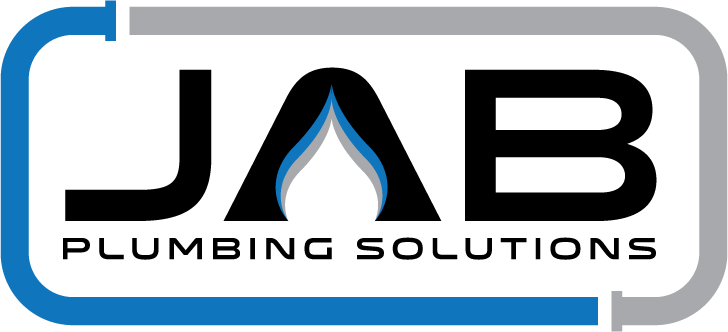Have you, like many Sydney-siders, recently suffered a shock when reviewing your water bill? - Even though the pool’s barren, showers are less and we’re in the midst of our wet Winter? Here are the top 5 silent leaks contributing to your alarmingly high bill.
1 - Leaking or Running Toilet
These leaks are a primary example of what plumbers like to call ‘silent leaks’ because they are not as obvious as an overflowing bath per-say and can often go undetected. Depending on the type of toilet you have in your house, it can use between 6-32 litres per flush. Meaning over the course of a month, you have accounted for over 25% of your household's indoor water usage, just through flushing!*. However, if a toilet is to be found leaking, that 32 litres a day could quickly turn into a whopping 330 litres a day!!
*(on that note, converting to a more sustainable toilet model will seem like an unnecessary investment when initially purchasing due to the flashy price-tag but could actually save you a lot of money in the long run)
2 - Leaky Faucets and Valves
You may be thinking that something as insignificant as a leaking tap could not possibly make an impact on your water bill but the saying ‘slow and steady wins the race’ is unfortunately true for racking up bill prices. A leaking kitchen or bathroom attachment leaking at a rate of just one drip per second can accumulate to wasting up to 20 litres a day! Although not nearly as much as a running toilet, leaking faucets are another silent killer and can still significantly affect your water bill.
3 - Old Hot-Water heater
Just like any other piece of equipment inside your home, water heaters are susceptible to the deteriorating effects of aging. However, compared to many of the other appliances you use, these water heaters can be quite durable and have a conventional life span of around 8 years - meaning we can easily forget about monitoring them.
Irrespective of their longevity, a tell-tale sign that your water heater is getting on, is a leaking valve and this can be contributing to your high water bill. Since these heaters are designed to drain the valve to eliminate any sediment that penetrates your water, you should expect it to drip at least a little bit. However, there’s a distinction between regular dripping and a substantial leak. Check around the base to locate the most visible signs of leaks.
4 - Leaking Washing Machine or Dishwasher
Be sure to check behind and underneath your washing machine to make sure no water is escaping along with those missing socks. Similarly, for dishwashers, ensure you're keeping an eye out for wet, warped or discolouration stains on the floor and surrounding walls and cabinets.
(mirroring our encouragement to purchase a sustainable toilet, newer washing machines integrate higher efficiency and use 50% or even less than their older counterparts!)
5 - Outdoor and underground leaks
Don’t have any noticeable leaks in your house? You could be missing leaks occurring outside your home. Firstly, check whether the sprinkler system is experiencing malfunctions or if the garden hose is leaking. Observe the areas of your property and ascertain if certain areas are always wet, even without recent rain. Depending on the severity of the leak, you may be looking for a stream of water, a puddle that never dries or even just a dark spot.
Further, sometimes the causes of the highest water bills lay in the lowest places... Some signs that you have an underground water leak include:
Water puddling in spots in your yard
Low water pressure
Moisture on the walls, floor, or concrete slab
Musty odor
Moisture or cracks in your walls
All of this excess water can not only be contributing to a high water bill but is also instrumental to erosion and foundational damages which will cause other major (costly) headaches for you.
-
We hope this offers some assistance if you are concerned about a hefty water bill and can’t pin-point the cause!







